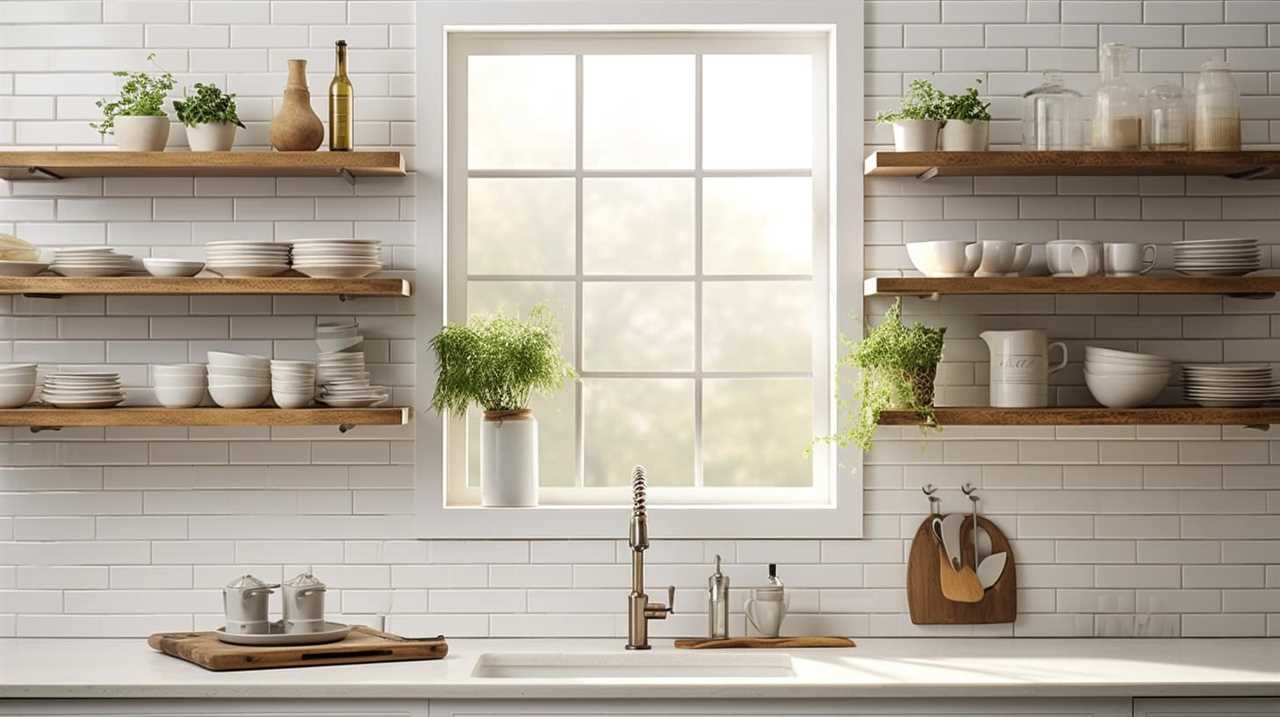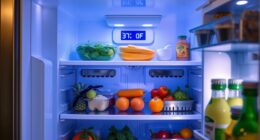Timing is key in the realm of consumer appliances when it comes to scoring the top deals. Those looking to excel in the skill of buying appliances at the perfect time must grasp the ideal moments for sales.
This article aims to provide insights into when appliance sales are at their best, catering to an audience that desires a thorough understanding of the subject matter. By exploring various occasions such as holiday sales, end-of-season clearances, Black Friday and Cyber Monday, annual manufacturer promotions, appliance trade-in events, and anniversary sales, readers will gain valuable knowledge to make informed decisions and maximize their savings.
So, without further ado, let us delve into the world of appliance sales and uncover the secrets of timing.
Key Takeaways
- Holiday sales and end-of-season clearance sales offer the best opportunities to find appliances at discounted prices.
- Black Friday and Cyber Monday are prime times to snag great deals on appliances, with enticing discounts and promotions offered by retailers.
- Annual manufacturer promotions provide discounted prices and limited-time offers, allowing consumers to make significant savings on high-quality appliances.
- Appliance trade-in events are recommended for upgrading appliances and saving costs, with timing being crucial to maximize trade-in values and promotional offers.
Holiday Sales
Holiday sales offer the opportunity to find the best deals on appliances. With the rise of online shopping, consumers can now access a wide range of discount codes to further maximize their savings.

During holiday sales, retailers often offer significant discounts on appliances as a way to attract customers. This is especially true for big-ticket items like refrigerators, washers, and dryers.
Data-driven insights reveal that online shopping has become increasingly popular during holiday sales, as it allows consumers to compare prices, read reviews, and conveniently make purchases from the comfort of their own homes.
End-of-Season Clearance
Are there other times of the year when consumers can find great deals on appliances? Absolutely. One of the best times to find appliances at discounted prices is during the end-of-season clearance sales. Retailers often offer significant discounts on their remaining inventory to make room for new models. This is especially true for seasonal appliances such as air conditioners, heaters, and outdoor grills.
By taking advantage of these sales, consumers can enjoy substantial savings on high-quality appliances. During the end-of-season clearance, retailers aim to clear out their inventory quickly, which means they are more willing to negotiate prices and offer additional discounts. This creates an excellent opportunity for consumers to find appliances at prices well below the regular retail value.
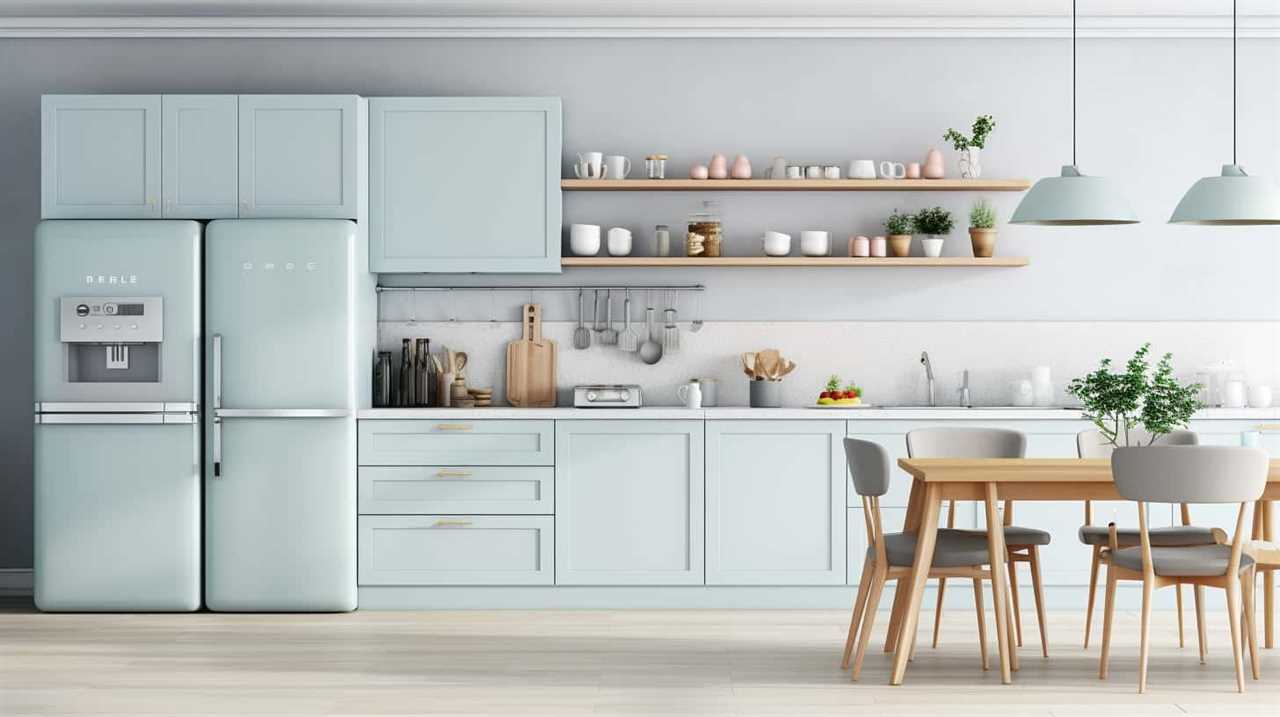
However, it’s important to keep in mind that the selection may be limited, and popular models may sell out quickly. Therefore, being proactive and keeping an eye out for these sales can help consumers secure the best deals on appliances.
Black Friday and Cyber Monday
One of the prime opportunities for consumers to snag great deals on appliances is during the highly anticipated shopping events of Black Friday and Cyber Monday. These two days mark the beginning of the holiday shopping season, and retailers offer enticing discounts to attract customers.
Black Friday, which falls on the day after Thanksgiving, is known for its early bird discounts and in-store promotions. On the other hand, Cyber Monday, which occurs on the first Monday after Thanksgiving, offers exclusive online deals. With the rise of e-commerce, many consumers prefer to shop online during these events for convenience and access to a wider range of products.
Retailers often advertise special promotions and limited-time offers, making it an ideal time for consumers to purchase appliances at discounted prices.

Annual Manufacturer Promotions
During certain times of the year, appliance sales are at their best due to annual manufacturer promotions. These promotions offer discounted prices and limited time offers, making it an opportune time for consumers to purchase appliances at a lower cost.
Manufacturers often use these promotions to clear out old inventory, introduce new models, or boost sales during slower periods. The discounts can range from a percentage off the original price to bundle deals or free accessories. Limited-time offers create a sense of urgency, encouraging consumers to make a purchase sooner rather than later.
These annual manufacturer promotions are highly anticipated by consumers who are seeking to make significant savings on their appliance purchases. By taking advantage of these promotions, consumers can enjoy high-quality appliances at more affordable prices.
Appliance Trade-In Events
Appliance trade-in events offer consumers the opportunity to upgrade their appliances while also benefiting from cost savings and environmental sustainability.
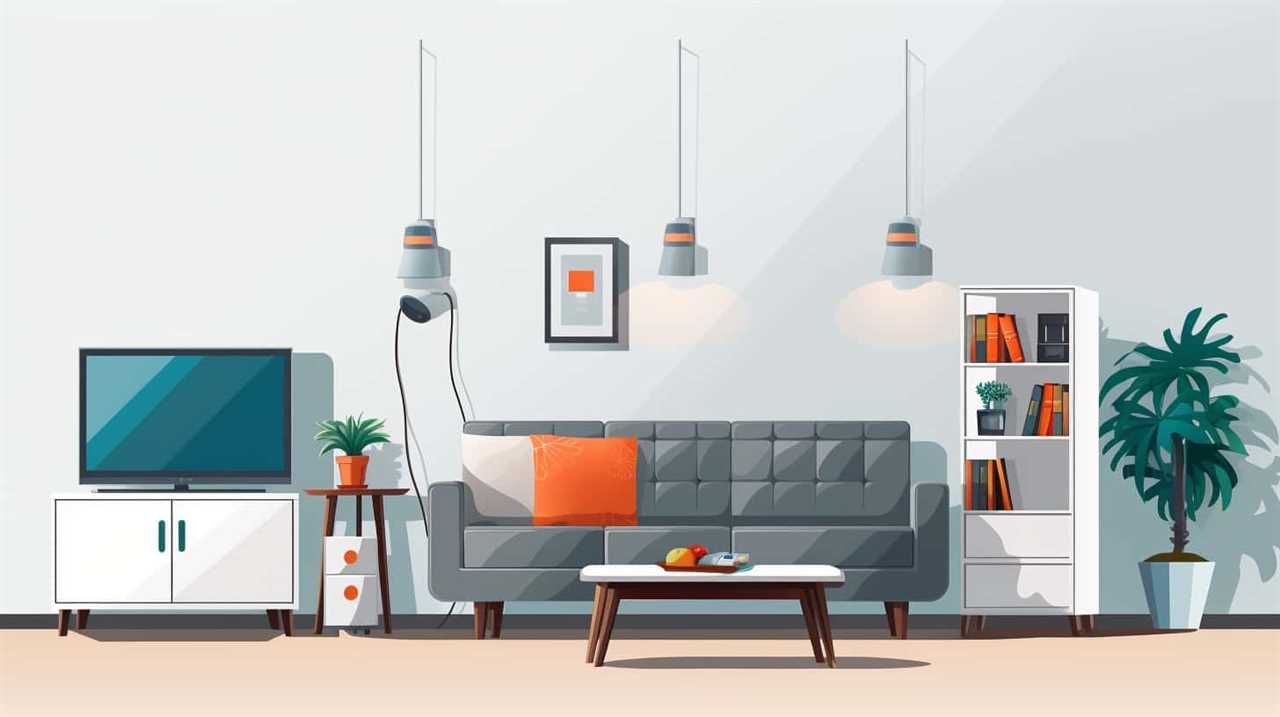
Timing is crucial when participating in these events, as certain times of the year may offer better trade-in values or promotional offers.
Optimal Trade-In Timing
Optimizing the timing for trade-ins during appliance trade-in events is crucial for maximizing savings and upgrading to newer models.
To determine the optimal timing for trade-ins, it is essential to consider several factors.
First, one should assess the current condition and performance of the appliance. If the appliance is still functioning optimally and meets the household’s needs, it may be best to wait for a future trade-in event to maximize value.
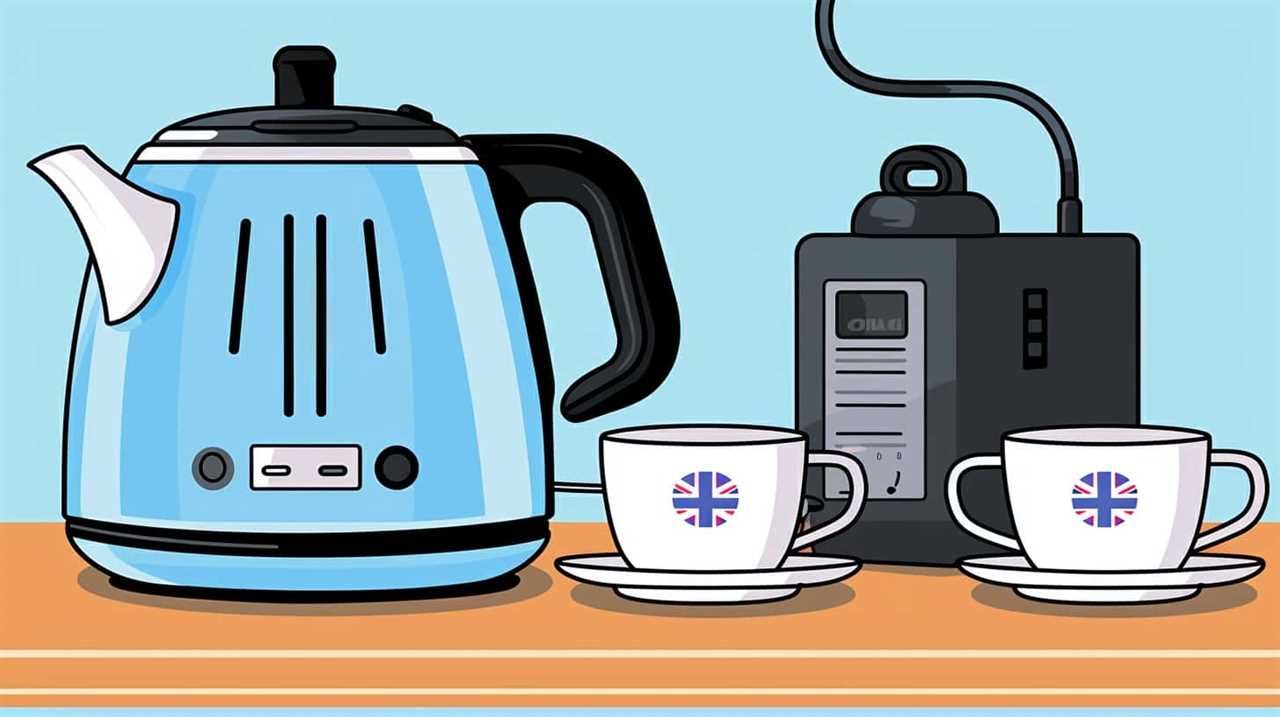
However, if the appliance is outdated or experiencing frequent breakdowns, it may be wise to take advantage of the trade-in event as soon as possible.
Additionally, keeping an eye on market trends and promotional offers can help identify the most favorable time to trade-in an appliance.
Benefits of Trade-Ins
To make the most of appliance trade-in events, it is important to understand the advantages of participating in these promotions. Trade-ins offer increased value and sustainability benefits, making them an attractive option for consumers looking to upgrade their appliances. By trading in their old appliances, customers can receive a discount or credit towards the purchase of a new one, effectively increasing the value of their trade. This can help offset the cost of purchasing a new appliance and make it more affordable. Additionally, trade-ins contribute to sustainability efforts by reducing waste and promoting the recycling and responsible disposal of old appliances. Participating in trade-in events allows consumers to not only save money but also make a positive impact on the environment. Transitioning into the next section, let’s now explore the benefits of anniversary sales.
| Advantages of Trade-Ins |
|---|
| Increased value |
| Sustainability benefits |
| Cost savings |
| Environmentally friendly |
| Convenient |
Anniversary Sales
Anniversary sales offer significant discounts on appliances throughout the year. These sales events are eagerly anticipated by consumers who are looking to save money on their appliance purchases. Here are three key aspects of anniversary sales that make them a great opportunity for savvy shoppers:

- Deep discounts: During anniversary sales, retailers often offer steep discounts on appliances, allowing consumers to save a significant amount of money. These discounts can range from 20% to 50% off the original price, making it an ideal time to make big-ticket purchases.
- Exclusive discount codes: Retailers may also provide exclusive discount codes during anniversary sales, which can further reduce the price of appliances. These codes can be applied during online shopping, making it convenient for consumers to take advantage of the discounts from the comfort of their own homes.
- Wide selection: Anniversary sales typically include a wide range of appliances, ensuring that consumers can find the perfect fit for their needs. Whether you’re looking for a new refrigerator, dishwasher, or washing machine, you’ll likely find a variety of options available at discounted prices.
Frequently Asked Questions
Are There Any Specific Months or Seasons When Appliance Sales Are Generally Slower, Resulting in Better Deals?
There are certain months or seasons when appliance sales tend to be slower, leading to better deals. Factors such as demand, new product releases, and promotional events influence appliance sales and pricing throughout the year.
How Can I Find Out About Exclusive Promotions or Discounts Offered Directly by Appliance Manufacturers?
Finding exclusive promotions and discounts offered directly by appliance manufacturers can be accomplished through online forums dedicated to appliance deals. These forums provide data-driven insights and expertise for consumers seeking mastery in obtaining the best deals.
Are There Any Special Events or Occasions Throughout the Year When Appliance Prices Tend to Be Significantly Higher?
Appliance price fluctuations are influenced by various factors, such as market demand, supply chain disruptions, and technological advancements. Understanding these dynamics enables consumers to identify occasions when appliance prices may be significantly higher, allowing for informed purchasing decisions.
Can I Negotiate the Price of Appliances During Promotional Sales or Events?
When negotiating the price of appliances during promotional sales or events, it is important to employ effective negotiating techniques and utilize tips for getting the best price. This approach can help customers secure favorable deals and maximize their savings.

Are There Any Specific Appliances That Are Known to Have Better Deals or Discounts During Certain Times of the Year?
When considering the best times to buy kitchen appliances, it is important to note that seasonal discounts often apply to electronics and home appliances. This data-driven insight is valuable for those seeking mastery in appliance purchasing.
Are Appliance Sales Best Times to Upgrade for Home Appraisal Value?
When considering upgrades for your home, it’s important to think about how appliances impact property value. The best times to upgrade appliances for increasing home appraisal value are during appliance sales. Updated, energy-efficient appliances can positively impact the overall value of your home and make it more appealing to potential buyers.
Conclusion
In conclusion, when it comes to finding the best deals on appliances, timing is key.
Holiday sales, end-of-season clearance, Black Friday and Cyber Monday, annual manufacturer promotions, appliance trade-in events, and anniversary sales are all great opportunities to save money on your appliance purchase.
One interesting statistic to note is that during Black Friday and Cyber Monday, appliance sales can increase by up to 40%, making it a prime time to snag a great deal.

